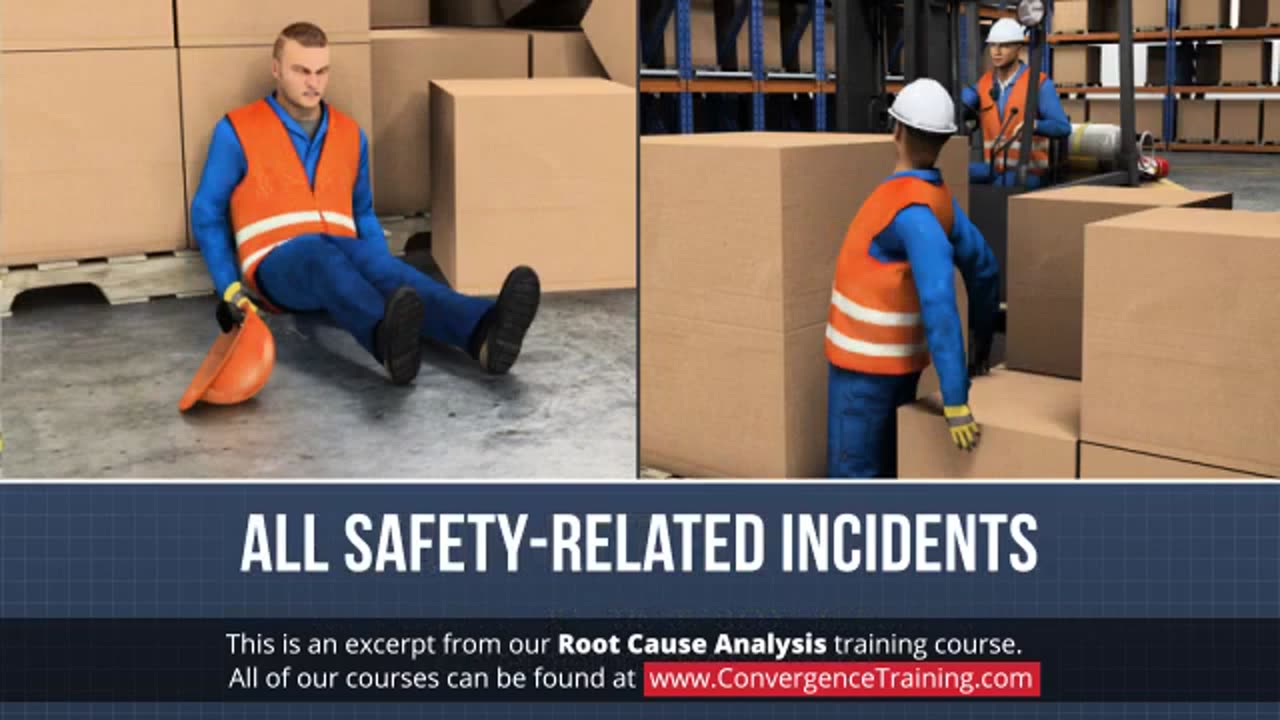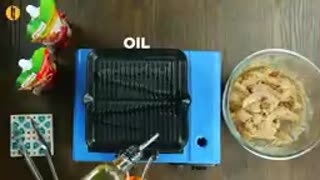Premium Only Content

Root Cause Analysis (RCA)
### **Root Cause Analysis (RCA)**
**Root Cause Analysis (RCA)** is a systematic process used to identify the **underlying causes** of an incident, problem, or failure to prevent recurrence. It is widely applied across industries, including manufacturing, healthcare, education, and safety management.
---
### **Purpose of RCA**
- Identify the **root cause(s)** of a problem, not just its symptoms.
- Prevent the issue from recurring.
- Improve processes and systems for long-term solutions.
---
### **When to Use RCA**
RCA is conducted when:
- A **safety incident** or accident occurs.
- Equipment or process **failure** causes downtime.
- **Repetitive issues** occur despite corrective actions.
- Quality control identifies **non-conformances**.
---
### **The RCA Process**
The RCA process typically follows these **5 key steps**:
#### **1. Define the Problem**
- Clearly describe **what happened**, when, and where.
- Gather evidence, including:
- Incident reports
- Interviews with those involved
- Data logs or records
**Example**: *"A machine failure occurred at 10 AM, stopping production for 2 hours."*
---
#### **2. Collect and Analyze Data**
- Gather **quantitative and qualitative data** relevant to the problem.
- Review timelines, processes, and systems.
- Identify contributing factors:
- **Human errors**
- **Equipment malfunctions**
- **Procedural gaps**
---
#### **3. Identify Root Causes**
Use RCA tools to determine the root cause(s):
- **5 Whys Analysis**:
- Ask “Why?” repeatedly (usually 5 times) to drill down to the root cause.
- **Example**:
1. *Why did the machine stop?* → The motor overheated.
2. *Why did the motor overheat?* → The cooling fan failed.
3. *Why did the cooling fan fail?* → It wasn’t maintained.
4. *Why wasn’t it maintained?* → Maintenance schedule was missed.
5. *Why was the schedule missed?* → Staff shortages led to delays.
- **Fishbone Diagram (Ishikawa)**:
- Categorize causes into key areas:
- **People** (training, human error)
- **Processes** (procedures, workflow)
- **Equipment** (breakdowns, wear-and-tear)
- **Environment** (temperature, lighting)
- **Materials** (quality issues, shortages)
- **Failure Mode and Effects Analysis (FMEA)**:
- Assess all failure points in a system and their impact.
---
#### **4. Implement Corrective Actions**
- Develop solutions targeting the **root cause(s)**.
- Implement **corrective and preventive actions (CAPA)**.
- Ensure actions are **specific**, **measurable**, and **realistic**.
**Example**:
- Root Cause: Missed maintenance schedule due to staff shortage.
- Corrective Action: Implement a digital maintenance tracker and cross-train employees.
---
#### **5. Monitor and Verify Results**
- Track the effectiveness of corrective actions.
- Use metrics and key performance indicators (KPIs) to verify improvement.
- Conduct regular follow-ups to ensure issues do not recur.
**Example**: Review monthly maintenance logs to confirm tasks are completed.
---
### **RCA Tools and Techniques**
1. **5 Whys Analysis**
2. **Fishbone Diagram (Ishikawa)**
3. **Pareto Analysis** (80/20 Rule): Identify the most significant problems.
4. **Fault Tree Analysis (FTA)**: Logical diagrams to map causes of failure.
5. **Flowcharts**: Visualize process steps to find breakdowns.
---
### **Benefits of RCA**
- Prevents recurring problems.
- Reduces costs related to downtime, repairs, or safety incidents.
- Enhances **workplace safety** and quality.
- Improves processes and overall efficiency.
---
### **Common RCA Mistakes**
- Stopping at **symptoms** instead of root causes.
- Failing to gather sufficient data.
- Not involving all relevant stakeholders.
- Implementing quick fixes instead of long-term solutions.
---
### **RCA Example Scenario**
**Incident**: A worker slips and falls in a warehouse.
1. **Define the Problem**: Worker fell at Location A at 8 AM.
2. **Collect Data**: Wet floor, poor lighting, no signage.
3. **Identify Root Cause**:
- **Why?** Wet floor.
- **Why?** Water leaked from equipment.
- **Why?** Routine inspections weren’t conducted.
4. **Corrective Actions**:
- Fix equipment leak.
- Conduct regular inspections.
- Improve lighting and add “Wet Floor” signs.
5. **Verify Results**: Monitor for future leaks and ensure inspections occur.
---
Would you like further details on implementing RCA in your organization or a template for specific tools like the **Fishbone Diagram** or **5 Whys Analysis**? Let me know!
-
 1:35
1:35
HSESafetyInformation
8 months agoMutton Chops two ways- baked & grilled Recipe by Food Fusion (Eid Recipe)
73 -
 3:21:38
3:21:38
The Charlie Kirk Show
5 hours agoJUDGMENT DAY 2025: The Election Results Stream
161K72 -
 3:51:07
3:51:07
MattMorseTV
6 hours ago $0.75 earned🔴Election Day LIVE COVERAGE.🔴
78.3K45 -
 1:16:51
1:16:51
Flyover Conservatives
23 hours agoSHOCKING DATA REVEALS: Young Voters Are Done With the Old GOP - Mark Mitchell, Rasmussen Reports | FOC Show
26.6K16 -
 1:15:28
1:15:28
Sarah Westall
6 hours agoGrooming is Protected and Encouraged by the System – Michelle Peterson and Mike Adamovich
25.4K7 -
 LIVE
LIVE
Akademiks
3 hours agoKendrick tries to Flip the Bots on DRAKE? WHo Beats Jay z in a verzuz. Blueface finally free!
929 watching -
 1:38:16
1:38:16
Professor Nez
9 hours ago🚨ELECTION NIGHT 2025 LIVE! Massive Upsets Brewing in New York, New Jersey & Virginia!
28.1K9 -
 4:48:50
4:48:50
Due Dissidence
12 hours agoLIVE: ELECTION RESULTS From NYC, NJ, and VA - Trump Approval CRATERS, Kash's Private Jet CRASH OUT
47.2K20 -
 12:50
12:50
Demons Row
5 hours ago $0.04 earnedBikers of New Jersey 💀🏍️ Pagans, Thunder Guards, and Thug Riders
23.2K6 -
 42:31
42:31
Stephen Gardner
8 hours ago🔥Old Obama Video RESURFACES - His Own Words CONDEMNED Him! Trump Gains MASSIVE Momentum!!
30.5K27